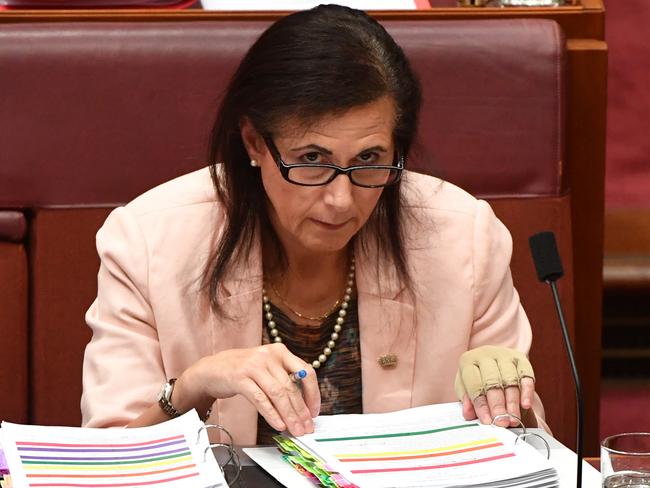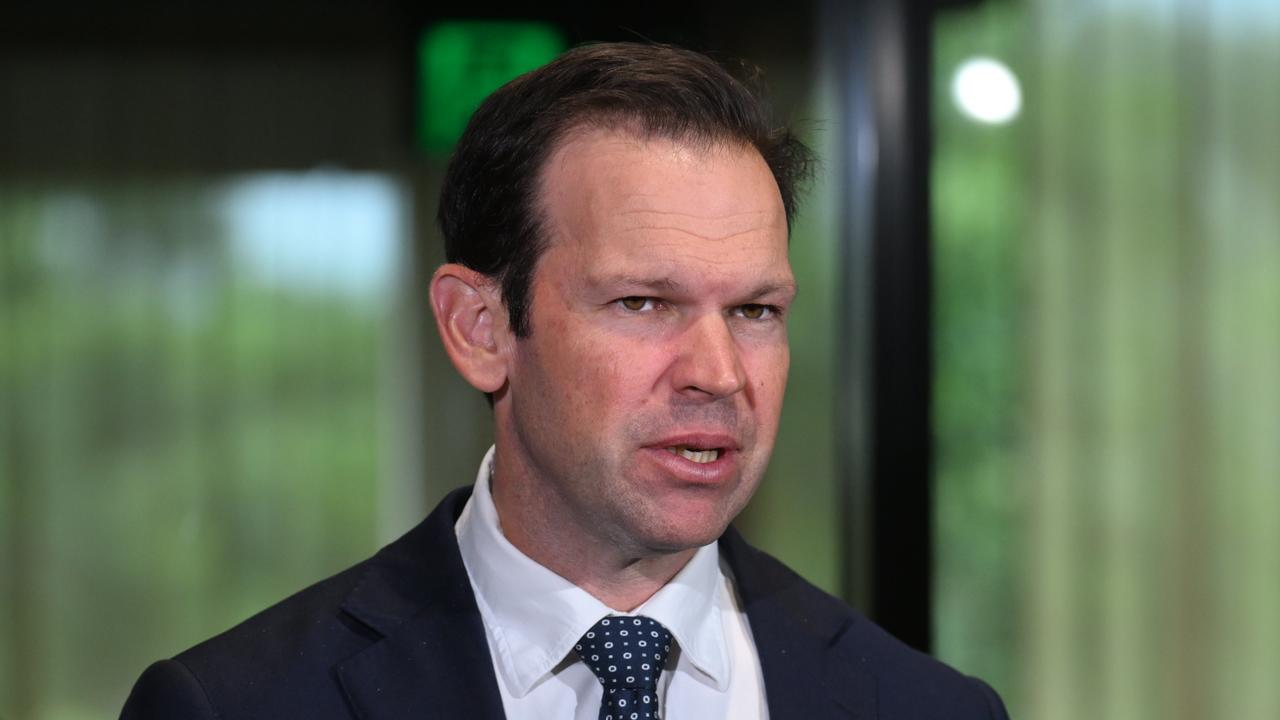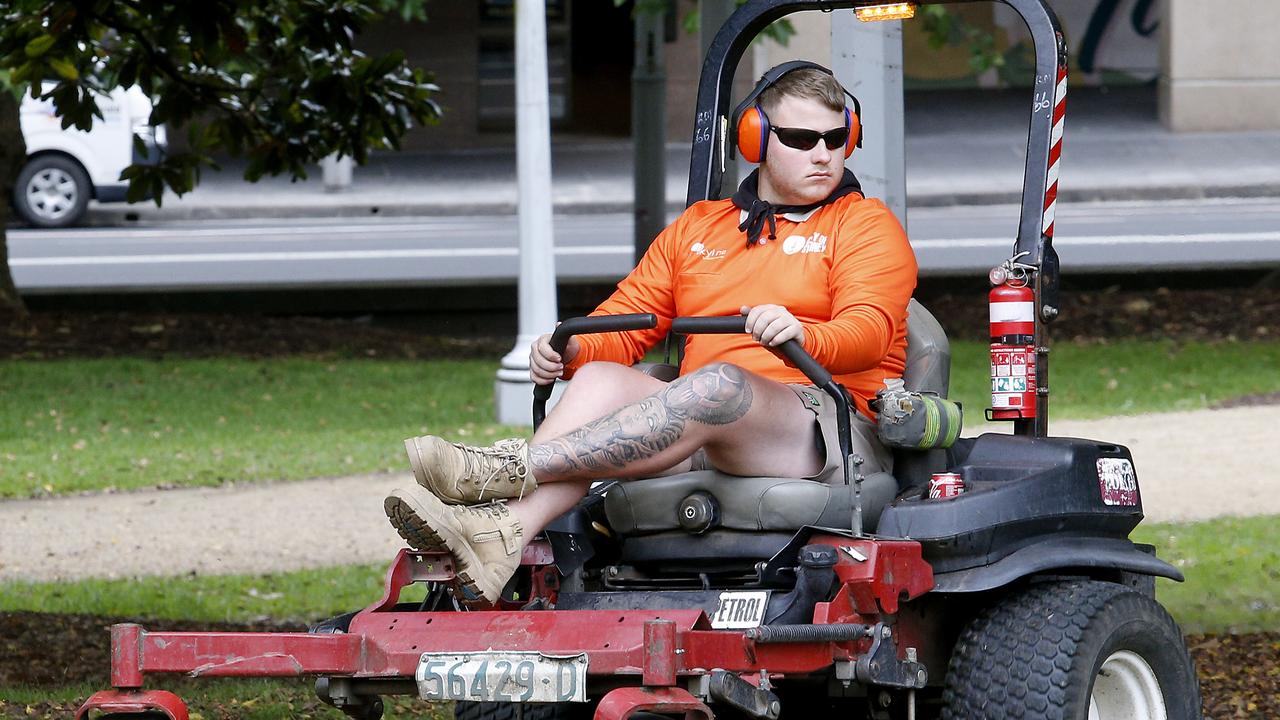Convoluted tax debate has confused Australia and politicians have failed to provide any clarity
CONFUSED by the convoluted tax debate that has taken over Australia’s political agenda? Well, you’re not the only one.
ANALYSIS
BE ASSURED it’s not just you. Even senior MPs are having trouble understanding the convoluted tax debate which has taken over politics.
Labor’s policy to removal cash rebates on dividend imputation and the Federal Government’s proposed business tax cuts have stirred blizzards of statistics and forecasts.
But there has been little clarity in the storm, and members of the Government can’t get their stories straight.
Which means much of the time spent between now and the election next year could see voters trying to work out what each side is talking about.
The intricacy of the problem was demonstrated Wednesday by International Development Minister Concetta Fierravanti-Wells, representing Social Services Minister Dan Tehan in the Senate.
“More than half of all refunded franking credits are paid to individuals who earn less than the $18,200 tax-free threshold, including pensioners and self-funded retirees,” she told the chamber with total confidence.
However, Ms Fierravanti-Wells had to return to the issue later, to say she had been misinformed by her own side.
“I wish to clarify remarks I made in Question Time regarding the impact of Labor’s retiree tax on low Australians,” she said.
“This was based on advice that was provided to me and my office at the time.
“I have since been advised that the correct statement should be more than half of all individuals receiving refunded franking credits have taxable income less than the $18,200 tax-free threshold.”

There’s only a slight difference in phrasing, but a significant difference in meaning.
Meanwhile, Labor is having trouble with its soak-the-rich campaign at Ye other end of the scare spectrum.
Its claim there were many retirees on self-funded superannuation getting $2.5 million in cash refunds for dividend imputation from the Australian Taxation Office has been tested.
There are such multi-millionaires. Six of them, according to Tax Commissioner Chris Jordan in 2016.
And to get that sort of dough they would have to have around $100 million invested in companies, The Australian reports.
So if senior politicians are trumpeting incorrect information, what about the rest of us?
Labor’s dividend imputation policy is aimed at saving some $59 billion over 10 years, so someone would have to miss out on money — and not just the six multies.
On the Government agenda is the business tax cut from 30 per cent to 25 per cent by 2026-27.
That would be some $65 billion in revenue foregone over 10 years, but the Government says it would bring in big corporate investment and more, higher-paid jobs.
And its authority for this is itself. It hopes that will be sufficient to have new tax laws passed by the Senate next week.
But any long-term economic forecast is drenched in faith rather than certain knowledge.
Most businesses don’t know exactly what they’ll be doing in five years and 10 years is uncharted territory. Even if the Government’s plan works it doesn’t see wages rising by much or quickly.
Ten corporations have signed a statement saying they would intend to use the tax savings for greater investment in Australia, but nothing is certain.
It’s not that these companies have their fingers crossed behind their backs. They no doubt are sincere about what they intend to do.
But none could say what they actually will do.
And that includes voters who will be left to sort out the complexity of claim and counterclaim in about 12 months.




